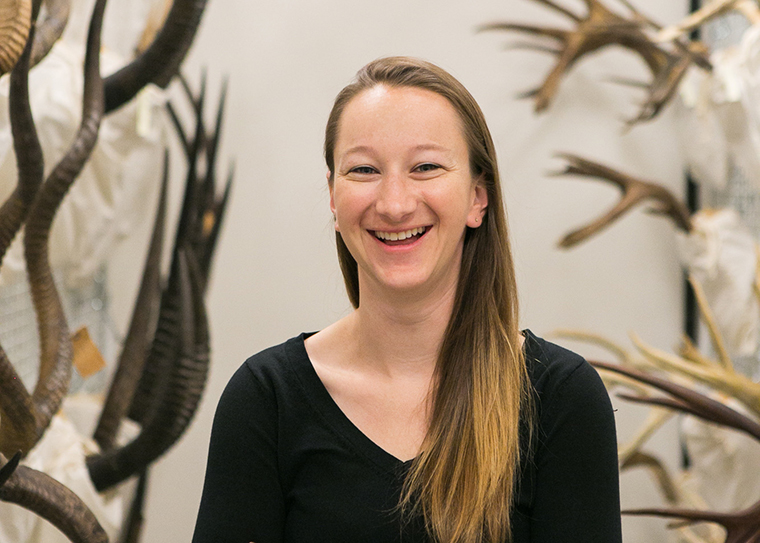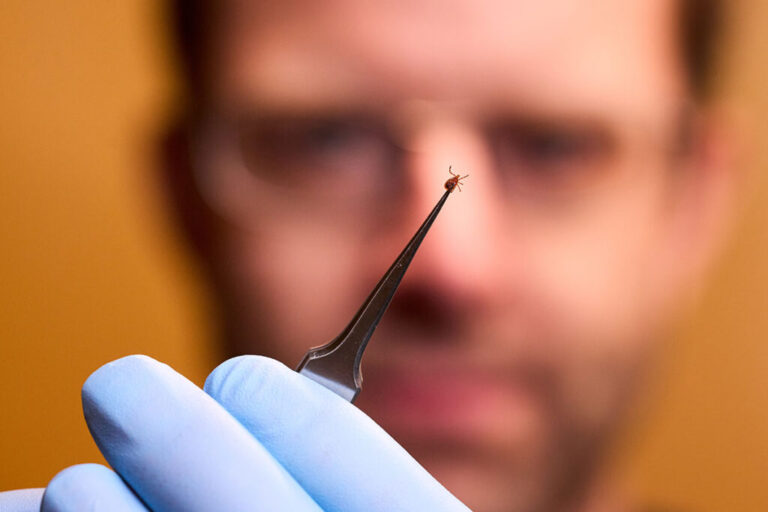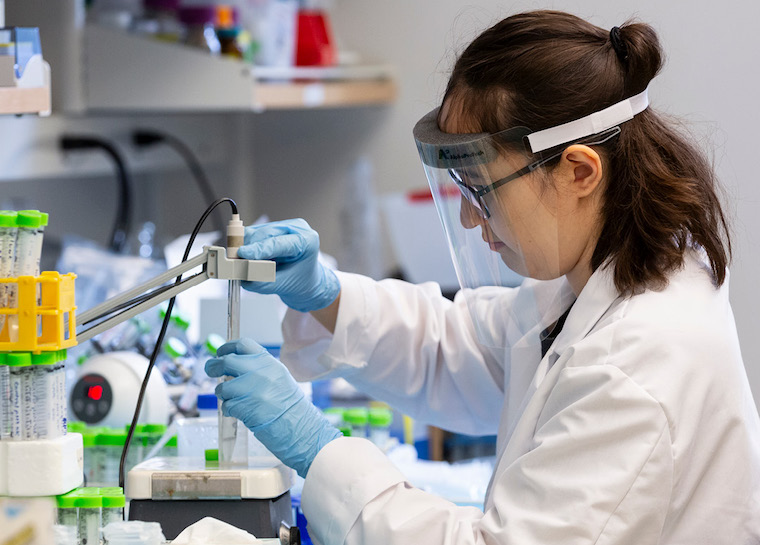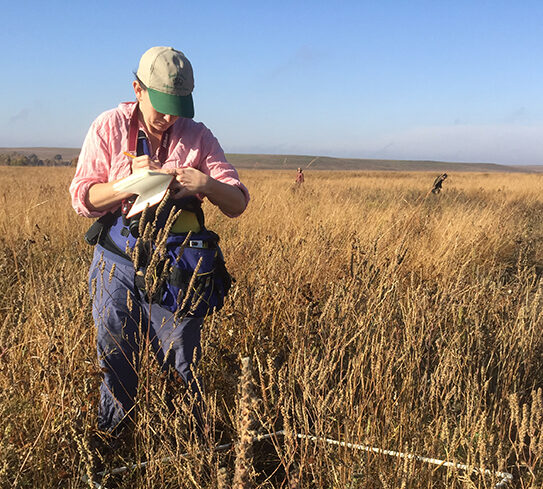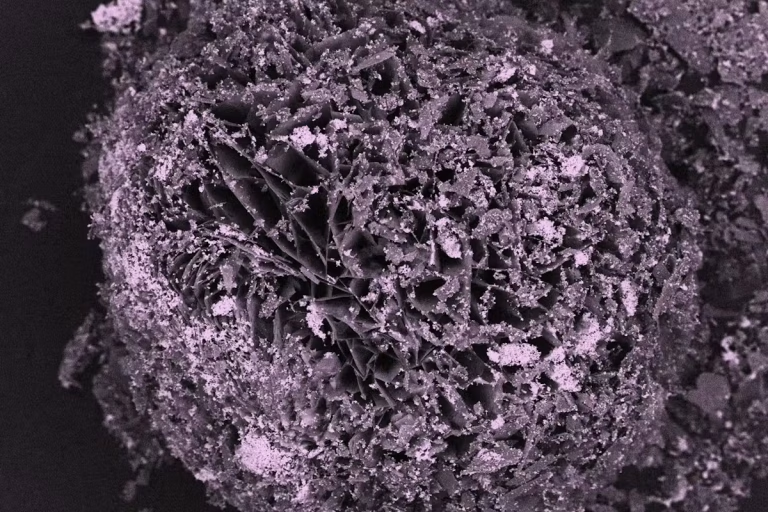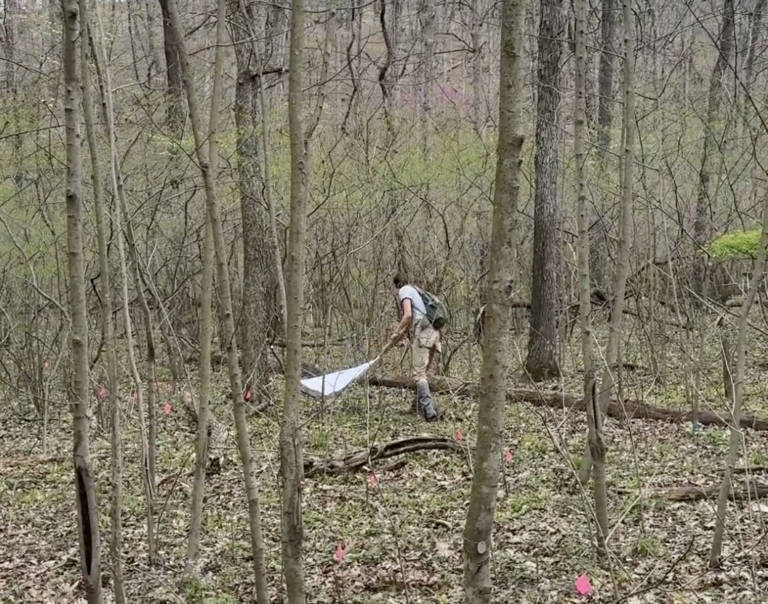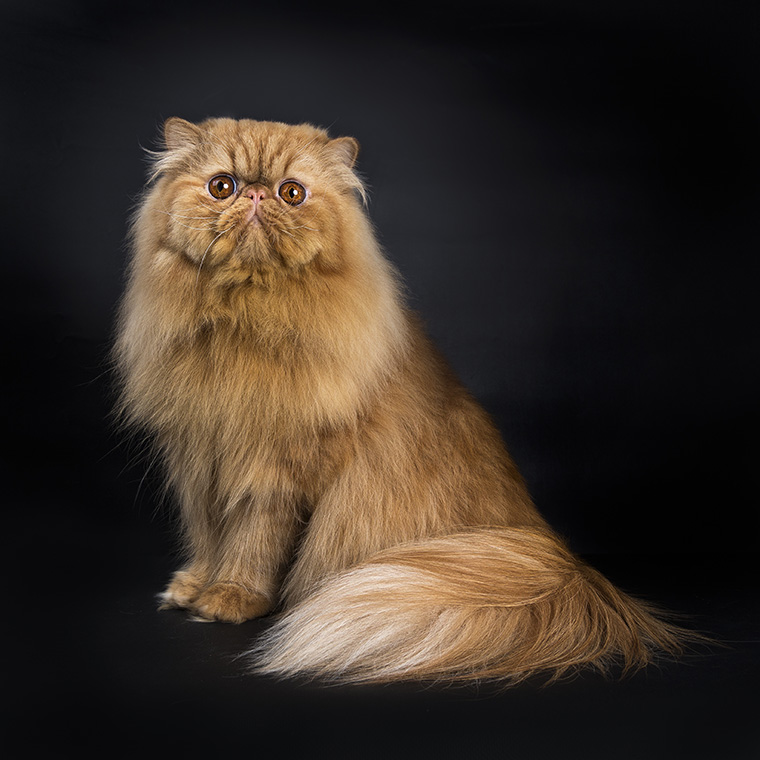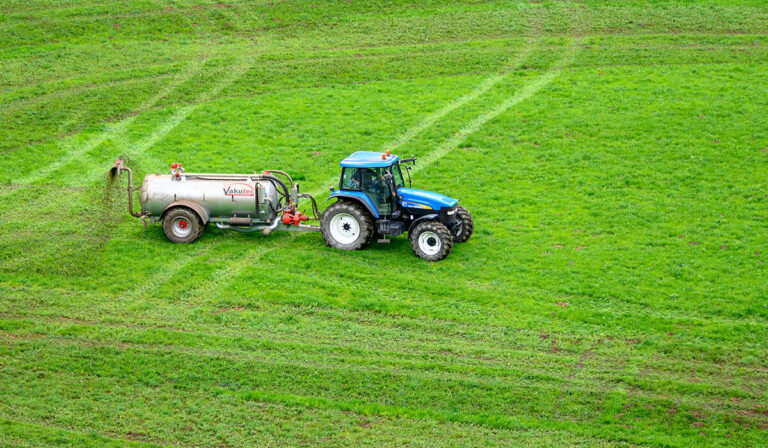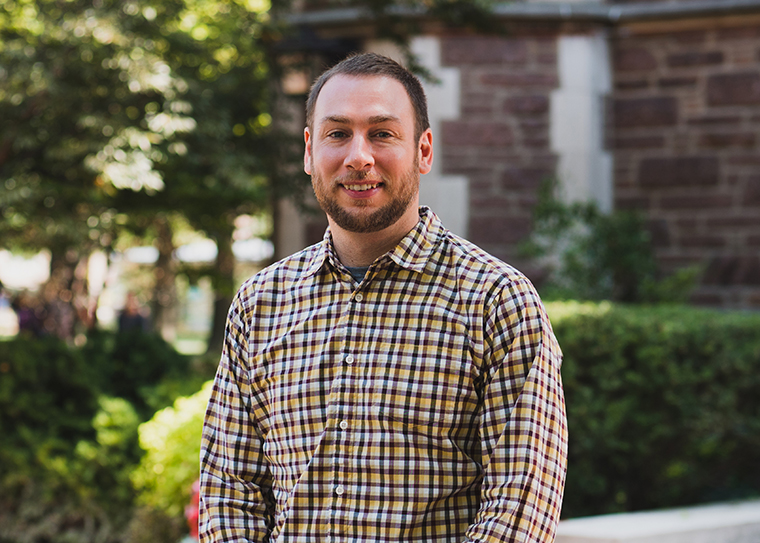Religion, politics and war drive urban wildlife evolution
The downstream consequences of religion, politics and war can have far-reaching effects on the environment and on the evolutionary processes affecting urban organisms, according to a new analysis from Washington University in St. Louis.
WashU Experts: How to stay safe from ticks and mosquitoes in the Midwest
Before venturing out into the woods, a nearby park or even your backyard, keep an eye out for mosquitoes and ticks, which can be vectors, or carriers, for pathogens that can cause disease.
Environmental futures
SHARE
Across all Washington University in St. Louis campuses, scores of researchers share a drive to understand the natural forces that shape our climate, health, culture and physical world.
Reawakening ‘sleeping’ crops to combat today’s climate crisis
Natalie Mueller, an expert on agrobiodiversity and an assistant professor of archaeology in Arts & Sciences at Washington University in St. Louis, studies “three sisters” crops.
Global biodiversity begins at home with the Living Earth Collaborative
Combining the forces of WashU, the Missouri Botanical Garden, and the Saint Louis Zoo, the Living Earth Collaborative works to protect the plants and animals of the world — for their sake and ours.
New nucleation to advance climate resilience and clean energy technologies
A new study led by researchers at Washington University in St. Louis investigates an innovative method for capturing carbon dioxide (CO₂) while recovering nickel (Ni), a critical metal for clean energy technologies.
Meet the undergrad who discovered St. Louis County’s first longhorned tick
Undergraduate researcher Sam Ko has been studying ticks for the last year of her college career. Her legacy will be confirming the arrival of a tiny invasive species raising big concerns.
Copycat evolution
Research reveals convergent evolution between domesticated species, a phenomenon that has received little previous attention
Inactive components in agricultural runoff could contribute to drinking water hazards
Researchers find ingredients in herbicides may be precursors to harmful contaminants in drinking water
Tropical bounty: How forests can turn into chemical factories
A new study led by researchers at Washington University in St. Louis and the Missouri Botanical Garden has uncovered a surprising layer of diversity in tropical forests.
